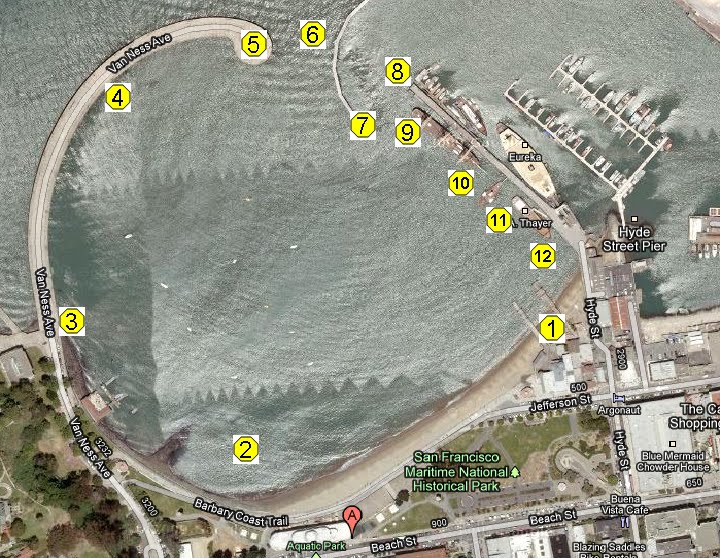Tuesday 11/10/09
I ran on the high school cross-country team in Midland, Texas in 1968. I was the fifth person on a four-man team. That was probably because there was no sixth person in the school interested in running cross-country. Nutrition consisted of a half-pound bottle of 500 mg salt tablets (assuming someone remembered to bring the bottle from the locker room to the track). Temperatures regularly reached the triple digits in Fahrenheit. Common wisdom dictated that with all the resultant sweat, our body salt could use some reinforcement. We also had some belief that water was a good idea, too. The coach propped a five gallon water jug on a football blocking sled. If the salt bottle was there, we had the complete hydration and electrolyte recovery system for anyone who felt the need. There was plenty of adolescent discussion regarding the performance-enhancement properties of salt tablets. Were three enough? Was one too many? A sports performance researcher might describe it as an early clinical study without a control group.
Like Rip van Winkle, it’s been forty years since I paid attention to evolutions in the sports nutrition field. Unlike the awakened Rip, I did have some clue that changes were taking place. In the 1970’s, playing hours of freestyle Frisbee in the brutally hot and humid summers in College Station, Texas, we gulped many jars of newly introduced Gatorade. When I swam from Sausalito to San Francisco with Pat M, we ate GU every thirty minutes chased with water. Since we misjudged our tide and wound up swimming three and a half hours to reach the opposite shore, we had plenty of time to get into a GU rhythm. On our English Channel relay, Cliff Bars kindly donated product for our crossing. However, nothing really prepared me for the state of the modern nutrition marketplace.
Lindsay and I visited the Sports Basement store in the Presidio on Saturday. They had set aside what was probably twelve hundred square feet for sports nutrition products. There were bars, chews, gels, and powders. There were multiple products in each category from vendors such as Crank Sports, Amino Vital, LaraBar, Pacific Health Laboratories, Sharkies, Hammer, Nuun-Active, Jelly Belly, and 18 Rabbits. And, of course, there were flavors—chocolate, vanilla bean, banana, strawberry, raspberry, espresso, mocha. I didn’t check closely for every choice, but there may have been a kumquat flavor as well. The only brands that were familiar were Cliff, Cytomax, Gu, and Carbo-Pro. Surprisingly, with this myriad of options, they didn’t carry Maxim. We discovered later that Maxim is marketed almost exclusively in Europe.
But wait! There’s more! With this many nutrition choices, it’s only logical that there should be myriad choices for delivery vehicle. There were a staggering number of water bottles from which to choose and these were the simple kind not counting the Fuel Belts, CamelBaks and handhelds. They had various lids, logos, and labels. Some had handy built-in rings to attach a line so that the bottle can be flung to the swimmer from the boat with confidence of retrieval. I was even able to determine how to open some of them. One thing they all had in common is that they were guaranteed to be TOTALLY FREE of BPA! I checked with WIKI later and discovered that Bisphenol A is abbreviated to BPA and is something a prudent person should well avoid.
We left with a small bucket of Carbo-Pro powder and a BPA-free, flip-top bottle. This choice was driven more by desperation than by discernment. I wanted to try a powder since gels tend to stick in my mouth and I knew that Si Bunting had used Carbo-Pro successfully. Lindsay also recommended alternating feedings with Ensure as a protein boost to complement the pure-carbohydrate product. Given the geriatric character of the aspirant, this is probably appropriate.
4 years ago


No comments:
Post a Comment